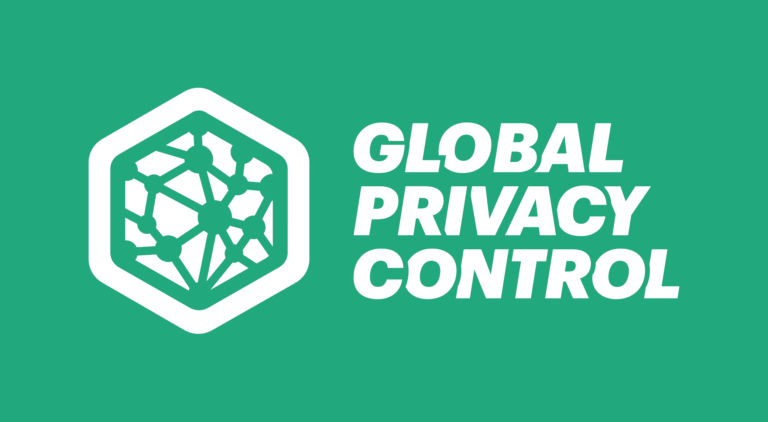Global Privacy Control
The concept of “Global Privacy Control” refers to a unified mechanism that allows users to exercise their privacy preferences across various websites and online platforms. Rather than managing privacy settings individually for each site, users can set their preferences once through a centralized control, which then applies across participating websites. This control typically encompasses preferences regarding data collection, sharing, and processing. By implementing a Global Privacy Control framework, users can exert greater control over their personal data and ensure consistent privacy protection across their online interactions. This approach aims to simplify the complexity of managing privacy settings in the digital landscape while promoting transparency and user empowerment. It aligns with the broader goals of privacy regulations such as the GDPR and CCPA, which emphasize the importance of giving individuals control over their personal information.

Unified Global Privacy Control Mechanism by Bandiz Technoz
Centralized Privacy Management

Universality Across Platforms
The mechanism enhances user control by granting individuals greater authority over their personal information, encompassing facets such as data collection, sharing, and processing. This empowerment enables users to assert their preferences and make informed decisions regarding the handling of their data. By placing control firmly in the hands of users, the mechanism fosters a sense of autonomy and trust in online interactions. Users can tailor their privacy settings according to their preferences and comfort levels, thereby shaping their digital experiences to align with their values. This emphasis on user control promotes transparency and accountability in data practices, ensuring that individuals retain sovereignty over their personal information in the digital landscape.

Enhanced User Control
Empowering users, the mechanism offers heightened control over their personal information, spanning data collection, sharing, and processing. This empowerment allows individuals to assert their preferences and make informed decisions about how their data is handled. By placing control firmly in users’ hands, the mechanism fosters autonomy and trust in digital interactions. Users can customize their privacy settings to align with their preferences and comfort levels, shaping their online experiences accordingly. This emphasis on user control promotes transparency and accountability in data practices, ensuring individuals maintain sovereignty over their personal information in the digital realm. Through this empowerment, users gain confidence in their online engagements, knowing they have the tools to manage their privacy effectively and protect their personal data.

Compliance with Privacy Regulations
Aligned with privacy regulations like GDPR and CCPA, the mechanism ensures compliance while fostering transparency and adherence to legal requirements. It upholds users’ autonomy over their data, promoting their rights and preferences within the digital sphere. By aligning with established privacy standards, the mechanism reinforces the importance of user privacy and data protection. Through transparency and adherence to legal mandates, it cultivates trust between users and digital platforms, enhancing the overall integrity of online interactions. This alignment with privacy regulations not only safeguards users’ rights but also serves as a benchmark for ethical data practices. By adhering to these regulations, organizations demonstrate their commitment to respecting user privacy and upholding the principles of data protection, thereby contributing to a more secure and trustworthy digital environment.

Key Features

Automated Consent Capture
Compliance Assurance

Customer Empowerment
Covering Everywhere You Have Data
With 1000+ integrations across data systems



























